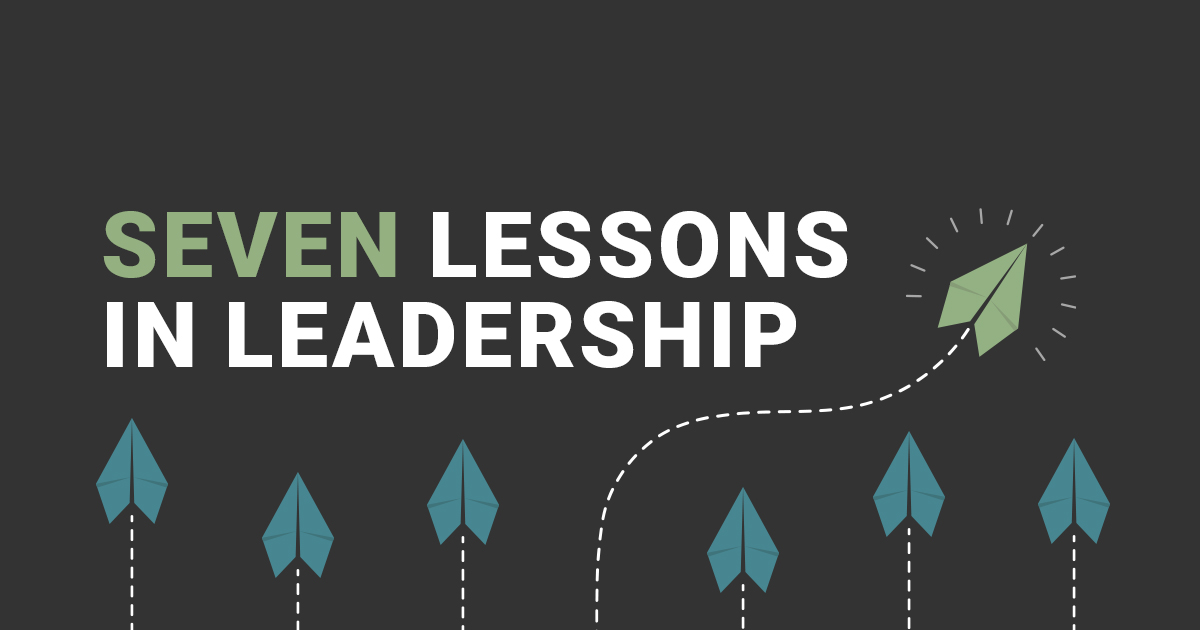Seven Lessons in Leadership for Healthcare Professionals and Organizations

Health care doesn’t work like other professions or industries. Errors and mistakes have direct consequences on the lives and well-being of patients – not in some metaphorical way, but in the literal, immediate now.
That’s the focus and passion of Alicia Davis.
As the president and CEO of Med Law Advisory Partners, she draws on her extensive nursing, legal and leadership experience to guide health care professionals. Here are seven lessons she offers to those in the field.
Be proactive.
COVID-19 has walloped the healthcare field. Government requirements and regulations have continually shifted, based on whoever wields power from Washington, D.C. The result?
“Healthcare professionals and organizations have been forced into a reactive mode in many cases when dealing with claims, only digging deep when necessitated by the prospect of looming litigation,” Alicia says. Leaders can overlook what’s going on all around them. Insights might lurk in while managing that very litigation.
Alicia says that by staying stuck in tunnel vision, they’re “foregoing legitimate opportunities to strengthen current quality and risk initiatives in an effort to impact patient outcomes ‘real-time’ and potentially the frequency and value of claims in the future.”
Ask ‘why’ … then ask ‘why’ again.
Med Law Advisory Partners has seen time and time again that this reactive mindset damages care in multiple ways. As just noted, it means up-to-the-moment information might be overlooked. But it also discourages deeper reflection.
“Dig deeper and discuss specific exposure areas — helping the clinical team understand the WHY, not just the first why,” Alicia advises. “It’s not enough to report on instances of ‘failure to properly monitor’ or ‘pressure injury,’ as we see in many loss run reports, for example.
“What specifically happened? Was there a lack of appropriate staffing during the resident’s change of condition? Was there temporary staff on the unit unfamiliar with facility policy? Was there an EMR glitch that didn’t capture a wound consult referral?”
Clinicians can make life-saving changes if you ask these questions. But you have to have the courage and persistence to ask them.
Determine when something is a reason or an excuse.
Yes, Alicia knows this sounds like a lot. She understands that you and folks on your team may believe you have abundant reasons to avoid such reckonings. But are these really reasons, or excuses preventing a difficult reckoning?
“You may think, ‘I don’t have the time, the resources, or the budget to take on a new project, let alone the expertise to aggregate data.’ I know. I’ve been there and I’ve sat across from leadership teams that tell me the same thing.”
Med Law, however, has a process that has worked repeatedly and effectively with its clients. Step by step, the team analyzes claims and medical records, asks the difficult questions, shares information throughout varying information silos and produces reports explaining what they learned.
As W. Edwards Deming noted, “Without data you’re just another person with an opinion.”
Be creative.
An analogy explains this directive perfectly.
“If a patient presents with a persistent cough, most practitioners would be remiss to simply provide a cough suppressant and send them on their way. Looking at individual claims in a vacuum is like only looking at one symptom; we miss the larger diagnostic picture,” Alicia points out. “Or, if a patient presented with chronic headaches, we wouldn’t spend the next two years monitoring the research for up-and-coming treatments instead of treating the patient in front of us.”
The point is, too often individual claims are looked at one-by-one, rather than taken as a whole. Like the canny physician, those running health care institutions should examine the entire situation and think creatively. What’s happening in the environment of the person coughing? Does the patient with chronic headaches have a short door they continually bang their head against?
Focus on the step in front of you.
Health care leaders have to manage a lot right now. They have to manage during a pandemic. They have to deal with persistent staffing shortages. They have to deal with lagging government reimbursement. But the only way out, as the saying goes, is through.
“With a burdensome regulatory environment, complex legal issues, quality and safety performance, financial sustainability, and a precious workforce that is more stressed and vulnerable than ever before, organizations must be able to manage multiple priorities simultaneously,” Alicia says.
Look at the big picture.
There’s another good reason for leaders to tackle one issue at a time. Things won’t likely get better soon, which means being realistic about each successive step.
“Given the industry’s current state, healthcare organizations will likely not be able to significantly impact their shortage of staffing and resources in the short term,” Alicia says. “Everyone is doing more with less.”
That means using a framework to comprehend the problems and issues we all face, comparing it with our current efforts, and seeing where the gaps are. Then we take immediate and forceful action.
Remember our why: the bigger big picture.
And why do we take that action? Because our business is, when you get right down to it, about taking care of people. We take care of patients, our staff members and the communities in which we work. If we lose sight of that biggest big picture, we risk losing everything.
Or as Alicia says: “We have the opportunity to improve ‘the way we’ve always done it’ with the goal of driving down the cost of care delivery, increasing clinician satisfaction, building more efficient systems, and, ultimately, having safer, healthier patients and communities.”
That’s a goal that all of us can hopefully get behind. That’s why Med Law Advisory Partners stands ready to help you and your organization apply these lessons every day.